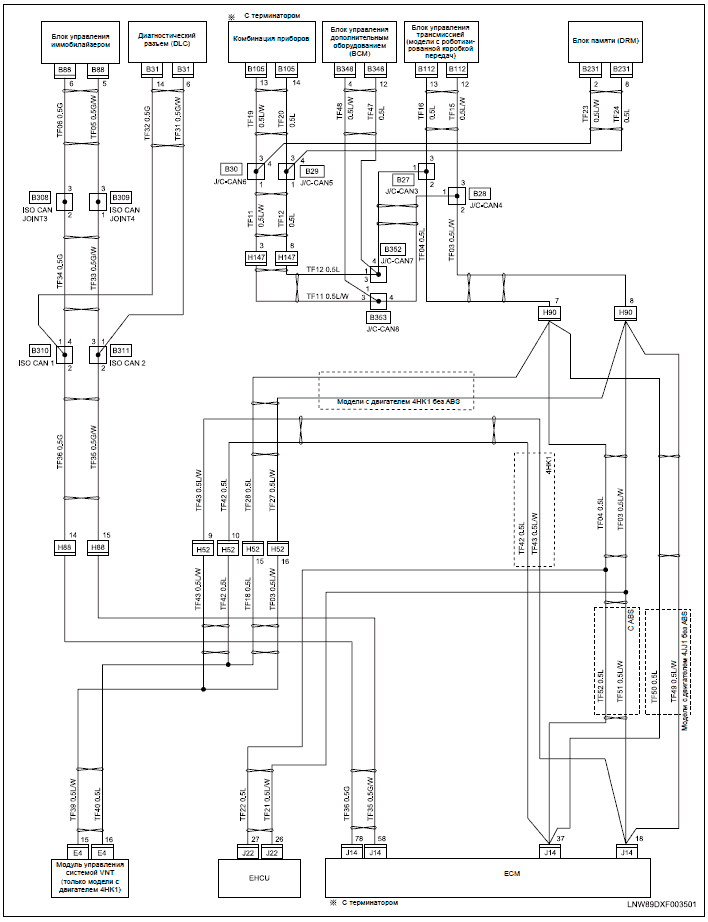

3.2 Activity DiagramĪn activity diagram is a type of behavioral diagram in UML that depicts the flow of activities or processes in a system, such as business processes or software algorithms. They can also be used to identify the different scenarios that actors may encounter when using the system, and to show how the system responds to these scenarios. Use case diagrams can be used to identify the different actors that interact with a system and the different use cases that the system supports. Here are some key elements of a use case diagram: ElementĪn actor is a person, group, or system that interacts with the system to achieve a goal.Ī use case represents a specific functionality or feature of the system that provides value to its actors.Ī relationship represents an association between an actor and a use case, such as an association or an include relationship. It shows the relationships between actors and use cases, and how the actors interact with the system to achieve specific goals. 3.1 Use Case DiagramĪ use case diagram is a type of behavioral diagram in UML that describes the interaction between the system and its actors, showing how the system responds to different use cases. Behavioral diagrams can be used to model the behavior of a system over time, such as during a use case scenario or a specific process. They show how objects interact with each other and how the system responds to different events and conditions. Behavioral Diagramsīehavioral diagrams are a type of UML diagram that describes the dynamic behavior of a system. They can also be used to specify the deployment of software components across different nodes and to show how they communicate with each other. Here are some key elements of a deployment diagram: ElementĪ node represents a physical or logical processing element, such as a server, computer, or device.Īn artifact represents a physical file or software component that is stored on a node.Ī relationship represents an association between nodes, such as a communication path or a dependency.ĭeployment diagrams can be used to model the physical infrastructure of a software system and to identify the hardware and software components that make up the system. It shows the physical hardware and software components that make up a system and the relationships between them. 2.4 Deployment DiagramĪ deployment diagram is a type of structural diagram in UML that represents the configuration of the run-time processing nodes and the software components that reside on them.

They can also be used to specify the interfaces between components and to show how they communicate with each other. Here are some key elements of a component diagram: ElementĪ component represents a modular part of a system that encapsulates its behavior and data.Īn interface is a set of operations that a component provides to its environment or to other components.Ī relationship represents an association between components, such as a dependency or a realization.Ī connector is a communication mechanism that connects components and specifies how they interact with each other.Ĭomponent diagrams can be used to model the architecture of a software system and to identify its component parts. 2.1 Class DiagramĪ class diagram is a type of structural diagram in UML that describes the structure of a system by showing its classes, attributes, operations, and relationships among objects. By creating structural diagrams, developers can ensure that a system’s components are properly organized and that the relationships between them are clearly defined. They can be used to describe the organization of classes, objects, components, and nodes in a system, and the relationships between them. Structural diagrams are useful for modeling the structure of a system and can be used to document and communicate the architecture of a software system. It is continually evolving, with new versions and updates being released to improve its capabilities and usability. UML was developed by the Object Management Group (OMG) and has become a widely used standard in the software industry. It provides a rich set of notations for creating diagrams that can help to communicate complex ideas and designs to stakeholders. UML can be used to model various types of systems, including software, hardware, and business processes. It is a standardized language for visualizing, specifying, constructing, and documenting the artifacts of software systems. UML (Unified Modeling Language) is a visual modeling language used in software engineering to represent complex systems.


 0 kommentar(er)
0 kommentar(er)
